- 02 9712 1736
- [email protected]
- 212 Great North Road, Five Dock, NSW 2046
- Open 7 days a week
Sedentary lifestyles have become increasingly prevalent in modern society, with many individuals spending a significant amount of time sitting, whether at work, during leisure activities, or while commuting. While sitting is a necessary part of everyday life, excessive and prolonged periods of sitting can have detrimental effects on the body, particularly on the hips. This article explores the potential link between excessive sitting and the need for hip replacement surgery, highlighting the importance of maintaining hip health through regular physical activity and proper posture.
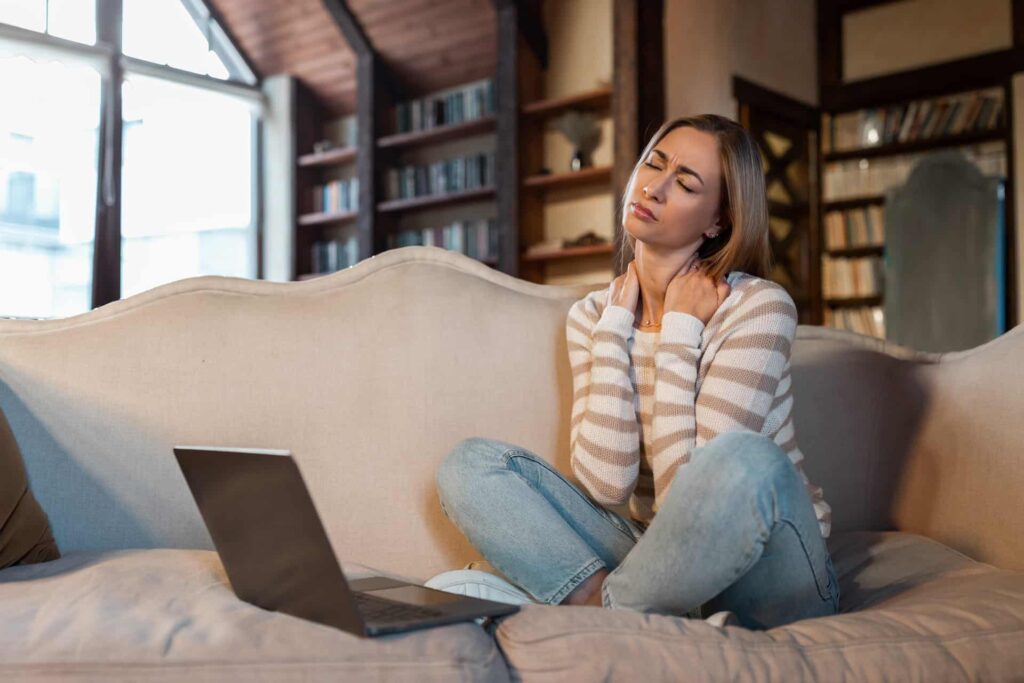
Prolonged sitting can lead to a host of health issues, including musculoskeletal problems, cardiovascular disease, and metabolic disorders. Sitting for extended periods can cause the hip flexor muscles to become tight and shortened, leading to discomfort and pain in the hip joints. Furthermore, this can lead to lower back pain. Leading to a further decrease in physical activity. Additionally, sitting for long periods can contribute to weight gain, which is a known risk factor for hip osteoarthritis and the need for hip replacement surgery.
One lesser-known side effect of prolonged sitting is a hip labral tear. The hip labrum is a ring of cartilage that surrounds the hip joint, providing stability and cushioning. Prolonged sitting can put pressure on the hip joint, leading to wear and tear of the labrum, as you move around while sitting, increasing the risk of a tear. A hip labral tear can cause hip pain, stiffness, and a clicking or locking sensation in the hip joint. It is important to diagnose a hip labrum tear to decrease the risk of long-term hip joint pain and problems.

To understand the impact of sitting on the hip joint, it is important to understand its anatomy. The hip joint is a ball-and-socket joint formed by the femur (thigh bone) and the acetabulum (part of the pelvis). The hip joint is surrounded by a joint capsule and is supported by ligaments and muscles. The smooth surfaces of the bones and the cartilage help the hip joint move smoothly and without pain.
A hip labral tear is a tear in the labrum, the ring of cartilage that lines the rim of the hip socket. Thinking of this cartilage as being like a shock absorber for your hip. Providing protection to the bones and allowing for smooth movement of the joint. A tear in the labrum can occur due to injury, trauma, or degeneration from repetitive movements or conditions like hip impingement. It can cause pain, stiffness, inflammation and instability in the hip joint.
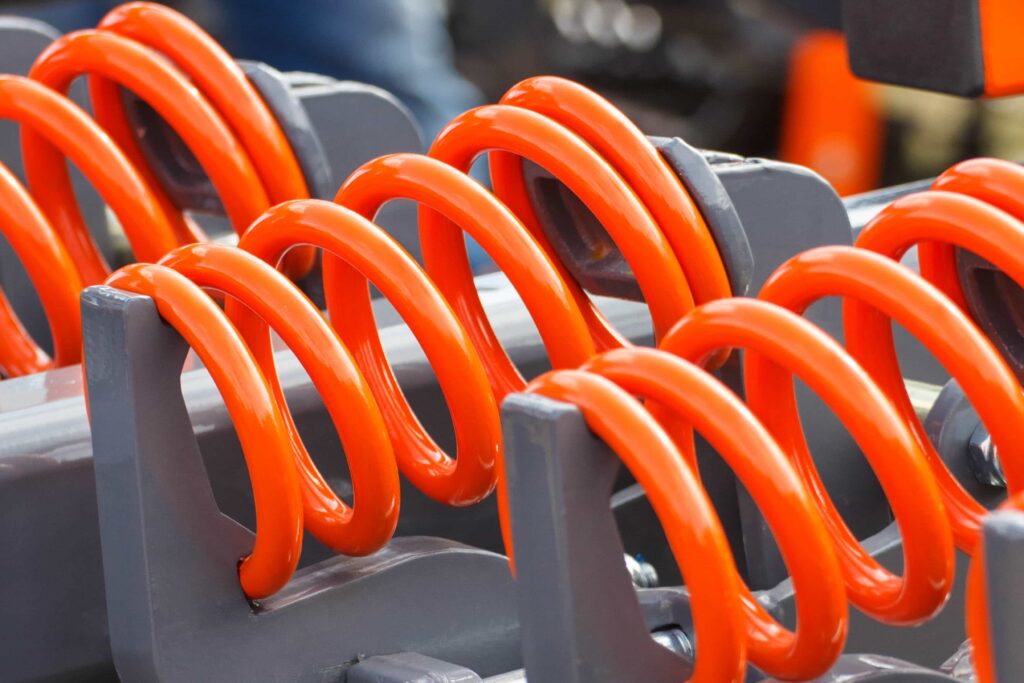
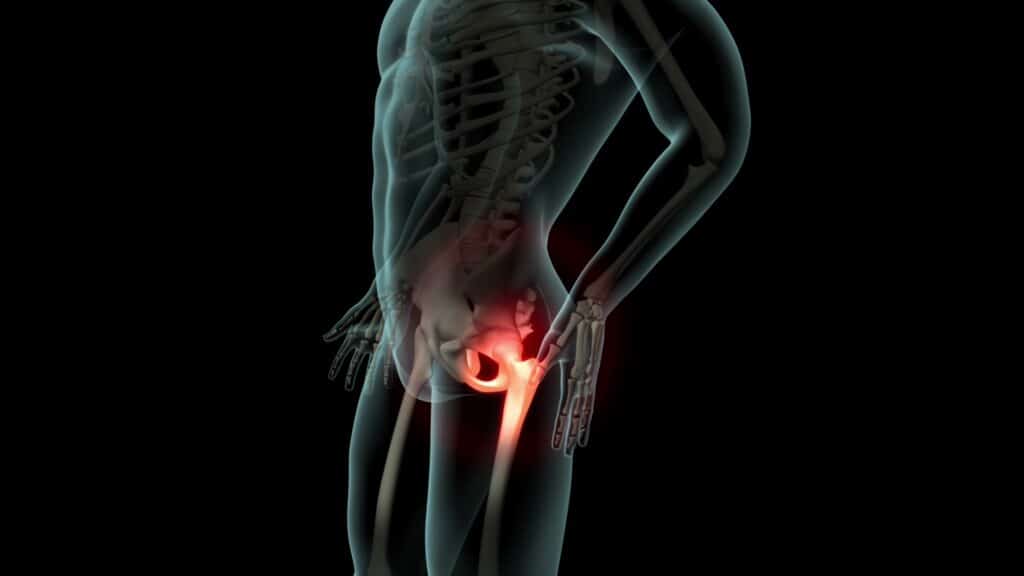
Symptoms of a hip labral tear can vary but may include hip pain, especially with certain movements or positions, stiffness in the hip joint, a locking or catching sensation in the hip, and decreased range of motion. These symptoms can worsen with prolonged sitting or physical activity.
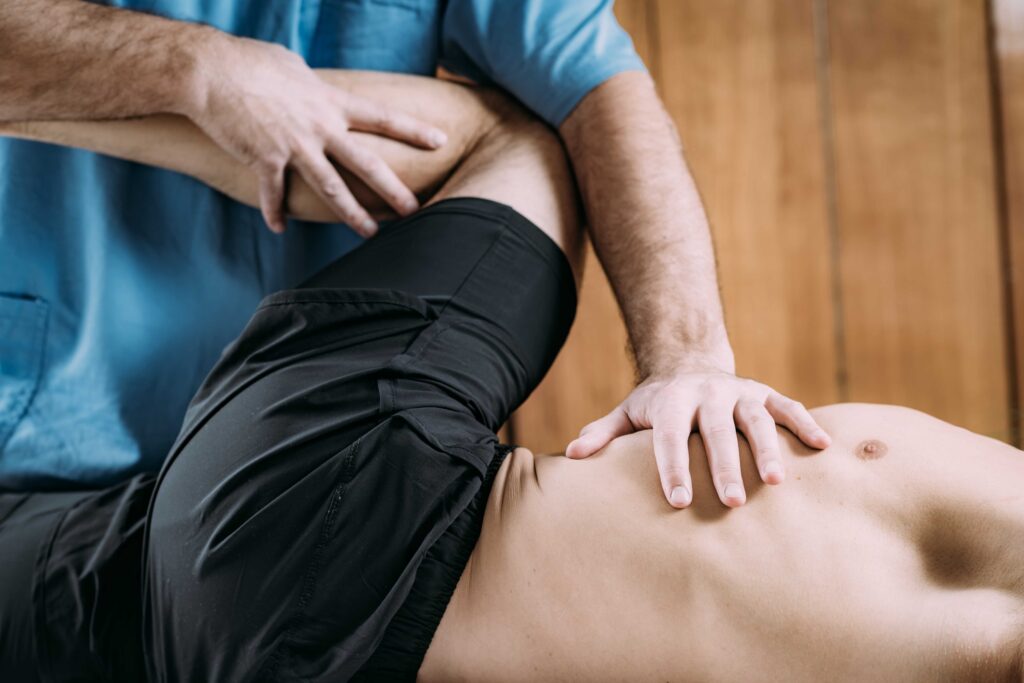
If left untreated, a hip labral tear can lead to further damage to the hip joint, including cartilage damage and osteoarthritis. This can result in chronic hip pain, stiffness, and decreased mobility. In severe cases, a hip labral tear may require surgery, such as hip arthroscopy, to repair the tear and prevent further damage to the hip joint.
Treatment for a hip labral tear aims to reduce pain, improve hip function, and prevent further damage to the hip joint. Conservative treatments may include rest, physical therapy, and anti-inflammatory medications. In some cases, surgery may be necessary to repair the torn labrum and address any underlying issues, such as hip impingement.
Building strength and stability in the hip muscles and your core muscles, can help prevent hip labral tears and other hip issues. Strengthening exercises, such as squats, lunges, and hip bridges, can help improve the stability of the hip joint and reduce the risk of injury.
Regular physical activity is essential for maintaining hip health and overall well-being. Physical activity helps keep the hip joints lubricated, strengthens the muscles around the hip joint, and improves flexibility and range of motion. It also helps maintain a healthy weight, which reduces the risk of hip osteoarthritis and the need for hip replacement surgery.
If you are experiencing hip pain or suspect you have a hip labral tear, it is essential to seek the help of a healthcare professional. A physical therapist can provide hands-on care, such as manual therapy, to reduce pain, improve hip function, and prevent further damage to the hip joint. If your hip complaint has moved beyond hands-on care an orthopaedic surgeon can advise on surgical options.
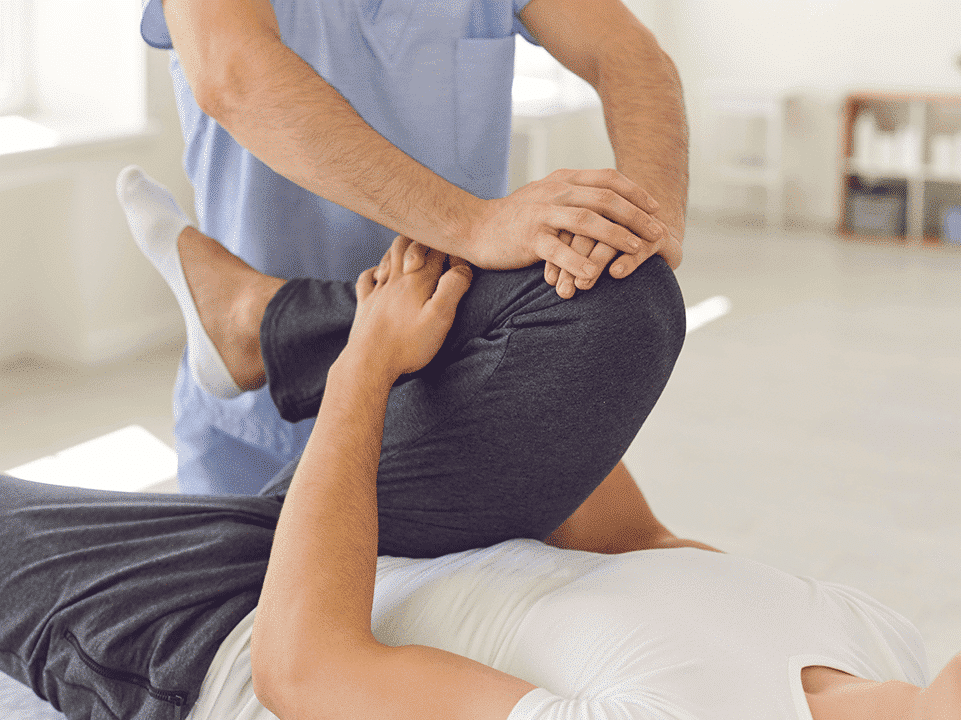
In conclusion, while sitting for long periods may not directly lead to hip replacement surgery, it can contribute to hip issues such as hip labral tears and hip osteoarthritis. To maintain hip health, it is essential to incorporate regular physical activity, maintain good posture, and seek treatment for any hip pain or discomfort. By taking these steps, you can reduce the risk of hip problems and enjoy better hip health for years to come.
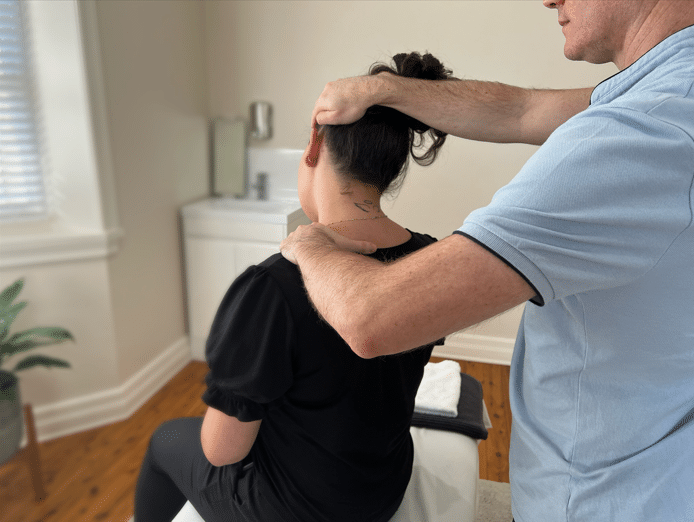
Forest Lodge, Annandale, Glebe, Leichhardt, Balmain, Haberfield, Canada Bay, Rozelle, Rodd Point, Wareemba, Stanmore, Petersham, Lilyfield, Hunters Hill, Enfield, Cabarita, Mortlake, Rhodes, Burwood Heights, Birchgrove, Gladesville, Huntleys Point, Abbotsford, Ashfield, Croydon Park, Croydon, Chiswick, Russell Lea, Burwood, Strathfield, Concord, Drummoyne, North Strathfield, Liberty Grove, Dulwich Hill, Lewisham, Camperdown, Ashbury, Homebush, Homebush West, Woolwich, Henley, Summer Hill, Sydney Olympic Park
212 Great North Road, Five Dock, NSW 2046
Onsite parking available
Phone: 02 9712 1736
Email: [email protected]

About
Five Dock Osteopathic & Chiropractic is located in Canada Bay, in Sydney’s Inner West. Servicing suburbs including Burwood, Croydon, Drummoyne, Five Dock, Haberfield, Concord, Abbotsford, Chiswick, Leichhardt, Wareemba, Russell Lea, Summer Hill, Strathfield.
Clinic hours
Monday, Tuesday, Thursday 7AM – 7PM
Wednesday, Friday 7AM – 6PM
Saturday 7AM – 2PM
Sunday 8AM – 2PM
Contact details